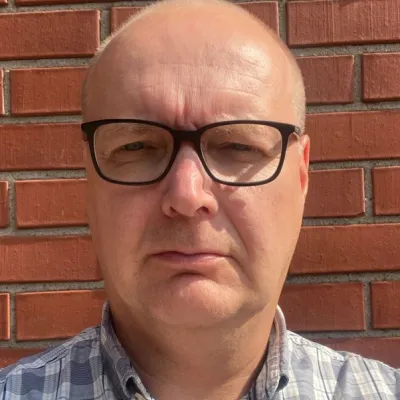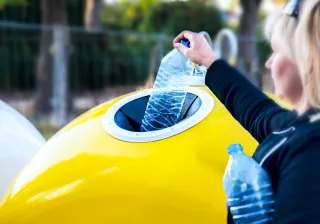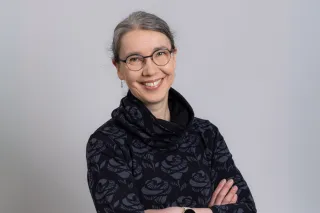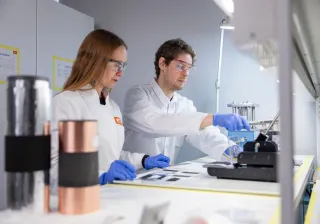The severely polluted Mithi River in Mumbai is being cleaned of floating plastic waste thanks to a Finnish project. In the project, solutions are being developed for detecting floating waste, developing technology to clean rivers, and chemically recycling plastic waste. Optical sensors offer a new approach to monitoring floating plastic waste. The suitability of the sorted plastic fractions for catalytic pyrolysis was tested in Espoo at the VTT Bioruukki Pilot Centre.
A significant amount of the litter that ends up in the seas is carried there by river waters. On a global scale it is estimated that more than 1,000 rivers take 80% of the plastic waste that enters the seas. Most of the plastic waste is carried by small rivers flowing through densely populated areas.
Cooperation and engagement of local people help solve a multifaceted problem
The contamination of the Mithi river is the result of many different problems. Mumbai has about 20 million residents, and the river flows through a densely populated area. The river has been used as a dumping place for household and industrial waste, organic waste, greywater, and wastewater. Flooding and dense vegetation have also added the deterioration of the ecological state of the river.
In addition to VTT, participants in the project funded by Huhtamäki include the United Nations Technology Innovation Labs UNTIL (now the UN Global Pulse unit), the Finnish environmental technology company RiverRecycle, and the Indian citizen-based environmental movement Earth5R. RiverRecycle is working on a comprehensive solution to collect floating waste and to recycle the sorted plastic. Earth5R has trained local residents to sort and recycle their household waste. Global Pulse Finland has supported the project by creating international contacts in India.
Three sensors for detecting plastic
VTT's contribution to the project is twofold: utilising optical sensors to detect floating waste and to determine the suitability of plastic fractions collected from the river for chemical recycling.
The laboratory tests in the project were conducted in February 2021 at VTT's ship model test basin in Otaniemi and field testing took place in June 2021 in river conditions near Oulu. In both tests, products of different sizes used in households made of different grades of plastic were examined: PET and HDPE plastic bottles, LDPE plastic wrapping, PS cartons, and pieces of wood. The aim was to separate the different grades of plastic from each other using spectroscopy, and to separate plastics from organic material.
In the both experiments we used a Specim AFX17 hyperspectral imaging camera for the NIR (near infrared) spectrum, and an FLIR XT2 thermal infrared camera mounted on a Dji Matrice M210 RTK drone, onto which an ordinary RGB-camera for the visible light spectrum is also integrated. The AFX17 and the XT2 were tested with fixed installation, and the XT2 was also tested on the drone at different altitudes and speeds.
The results allow us to conclude that a hyperspectral imaging enables to distinguish floating objects both from each other and from the surface of the water, excluding black plastics. Pictures taken by a TIR camera make it possible to distinguish objects based on their shape. By linking the information from all three sensors it is possible to observe debris from the surface of the water and to distinguish plastics and organic material from each other. In the next phase the aim will be to separate different grades of plastic from each other based on the spectrums that they produce.
VTT is also investigating the suitability of plastic waste floating in the Mithi River for chemical recycling. Waste has been sorted, its composition has been analysed, and next their suitability for pyrolysis will be tested at VTT's Bioruukki Pilot Centre. Optimising the parameters of the process aims at pyrolysis products that are as viable as possible, which can be used as fuel or as raw material in the chemical industry. A future goal will be to collaborate with pyrolysis actors to increase the capacity of the technology.
Photo: Experiments with a drone in Finland.





